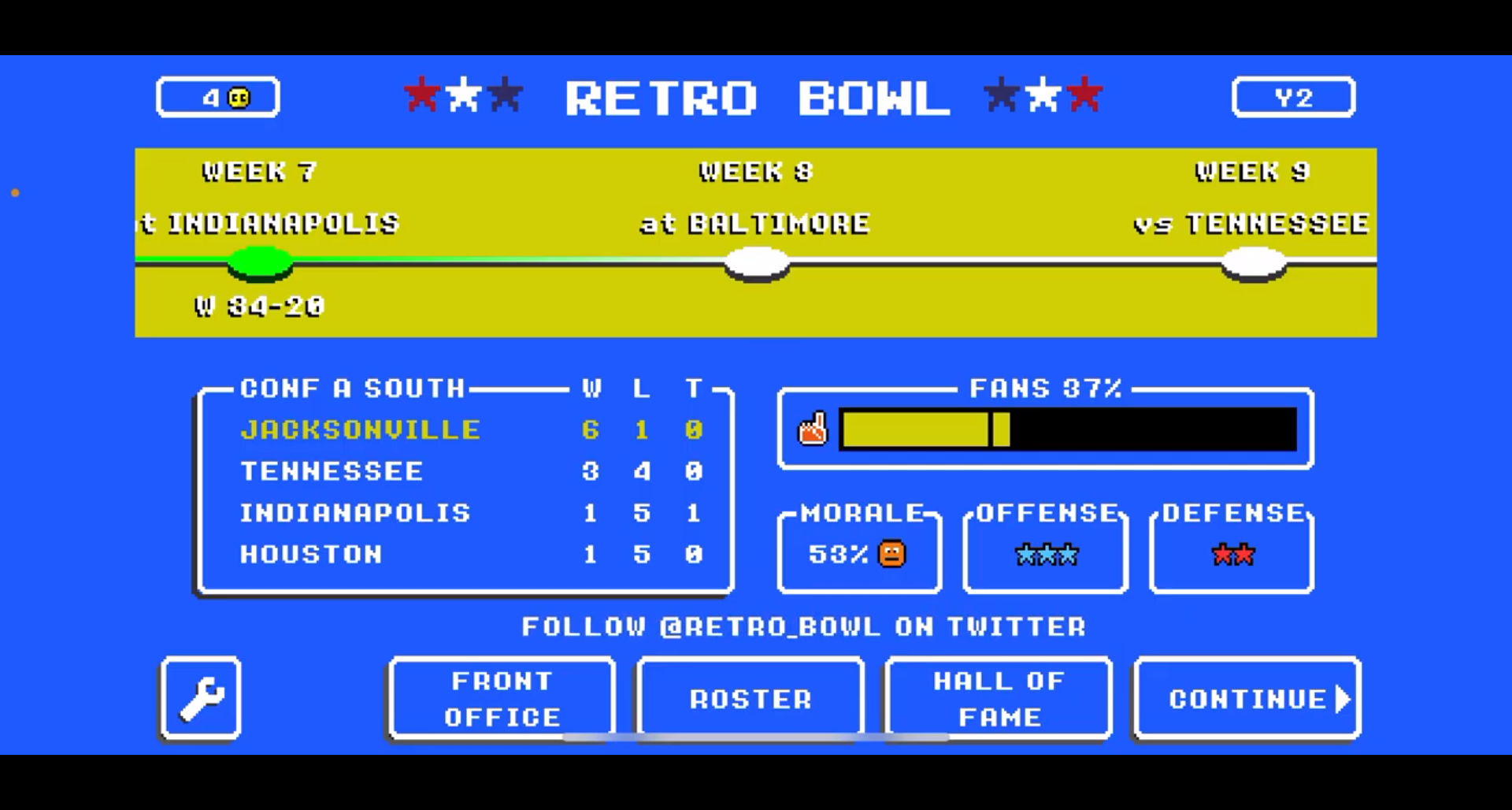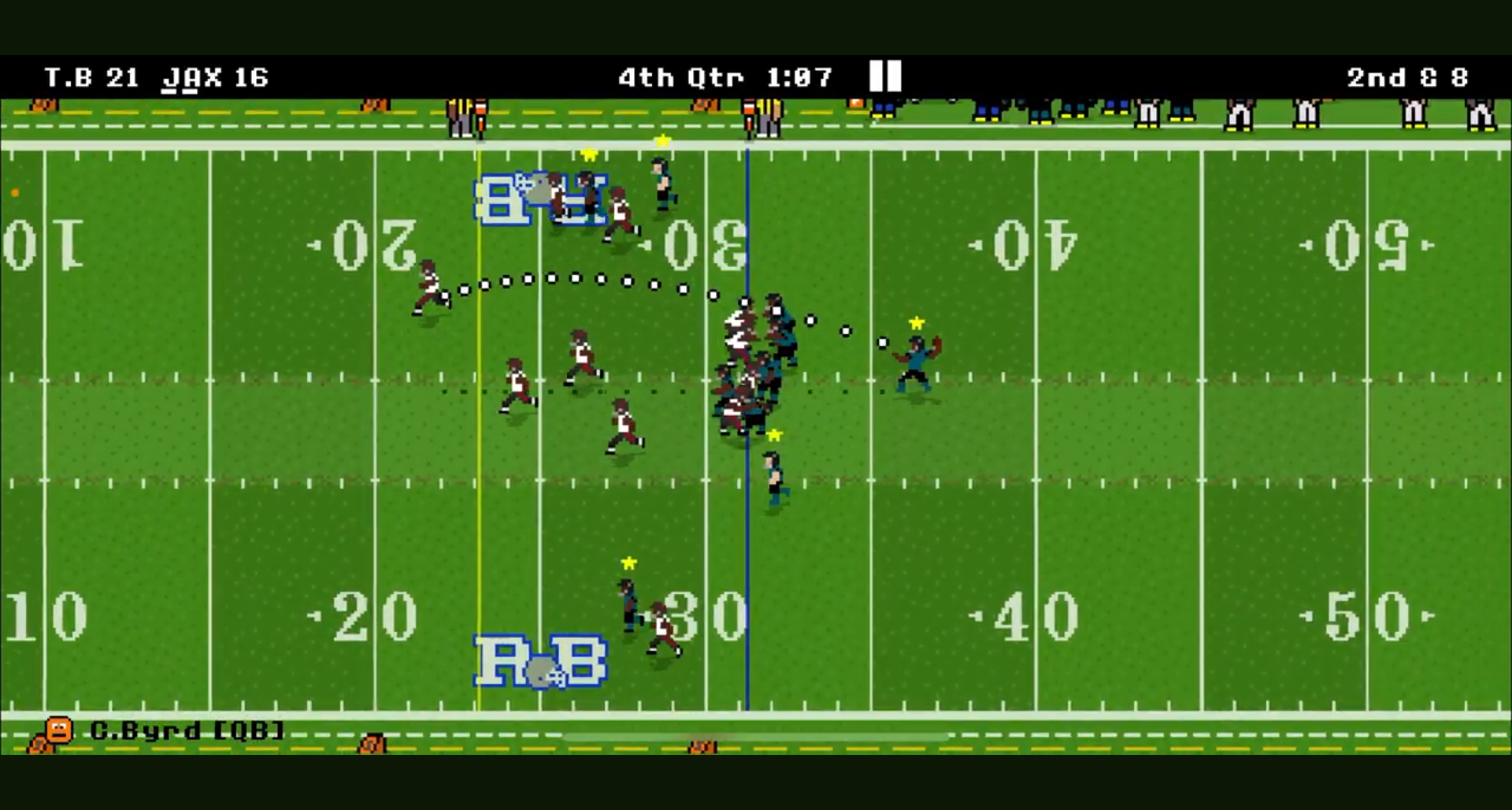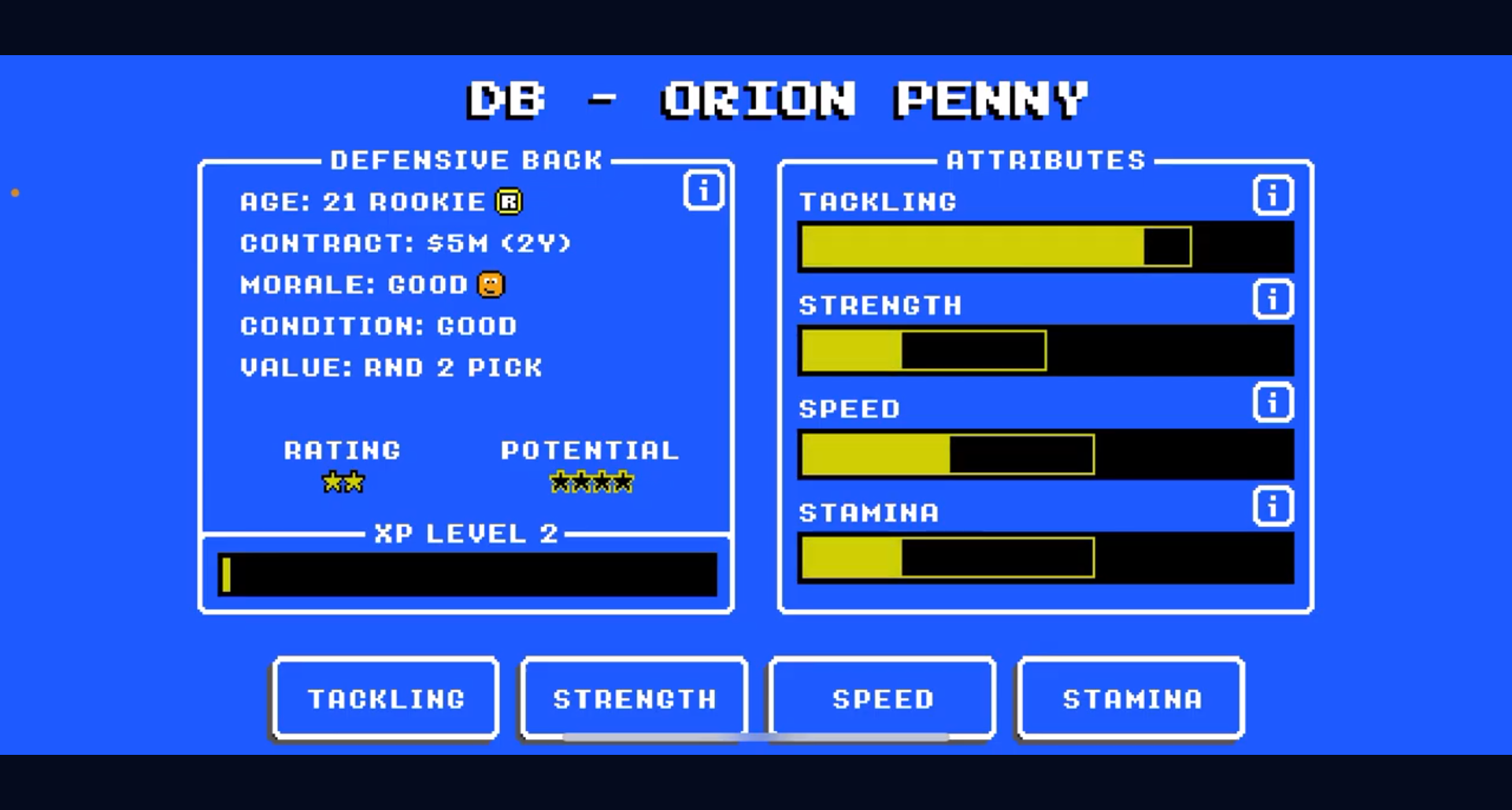In the pixelated world of Retro Bowl, a game that has captivated fans of American football, players are tasked not only with scoring touchdowns but also with nurturing their team’s morale. Beyond simply winning games, the concept of morale plays a significant role in determining a team’s success in this retro-styled football simulator. This article delves into what is morale in Retro Bowl, explaining its importance, factors that affect it, and strategies for improvement.
Understanding Morale in Retro Bowl
Definition of Morale
Morale, in its broadest sense, refers to the emotional and mental state of a group of people, particularly regarding their confidence, enthusiasm, and motivation. In the context of Retro Bowl, morale specifically denotes the overall spirit and attitude of your football team. A high morale indicates that players are engaged, motivated, and ready to perform at their best, while low morale can lead to a lack of effort, poor performance, and ultimately, losses on the field.
Role of Morale in Team Performance
Morale wields significant influence over a team’s performance in Retro Bowl. High morale enhances players’ abilities, allowing them to execute plays more effectively and make better decisions during crucial moments of the game. Conversely, low morale can lead to mistakes and missed opportunities.
The correlation between teamwork in Retro Bowl and real-life sports scenarios is striking. Just as top-tier sports teams rely on smooth collaboration and positive team dynamics, success in Retro Bowl hinges on managing players’ morale effectively.
Factors Affecting Morale in Retro Bowl
Team Management
The strategic decisions made by the player, who takes on the role of coach, have a profound impact on morale. Recruitment of skilled players and making smart trade decisions can bolster a team’s spirit. Establishing strong relationships with your players and demonstrating a commitment to their growth can significantly elevate team morale.
If management choices are perceived as ineffective or if players are traded without their input, morale can plummet. Therefore, coaches must be mindful of how their decisions align with player sentiment and overall team culture.
Player Interactions

Morale doesn’t exist in a vacuum; it is heavily influenced by the relationships between players. Star players often have a unique dynamic that can either uplift or diminish the enthusiasm of the entire squad. When star players contribute positively, they can inspire teammates, whereas insufficient teamwork can lead to a drop in morale.
For instance, if a well-regarded player takes the time to mentor younger teammates, this can foster a collaborative environment that boosts morale. Conversely, if egos clash and players are at odds, it can create divisions and reduce overall team unity.
Winning and Losing Streaks
Games are often a rollercoaster ride of victories and defeats, and the outcomes carry a psychological weight that can heavily influence morale. Winning can shower players with confidence, reinforcing their belief and determination. However, the daunting consequences of a losing streak can burden a team with low morale, creating a challenging environment for the players.
To combat such lows, coaches must implement strategies that promote resilience during difficult times. Encouragement and focusing on incremental improvements can help team members retain a sense of purpose and drive.
How to Improve Morale in Retro Bowl
Building a Cohesive Team
Cohesion among team members is essential for maintaining a positive environment and high morale. Engaging in team-building activities fosters collaboration, enabling players to bond and communicate more effectively. Coaches should celebrate both individual successes and collective achievements to cultivate a culture of acknowledgment and support.

Positive Coaching Strategies
As a coach in Retro Bowl, adopting a balanced coaching approach is crucial to keep morale high. Providing constructive feedback while setting realistic goals helps players feel challenged yet supported. Striking a balance between praise and constructive criticism motivates players and reinforces their commitment to the team’s objectives.
Player Engagement Techniques
Engaging players maintain their enthusiasm and commitment to the team. Employing team-building activities strengthens relationships while recognizing individual contributions fosters a culture of appreciation. Additionally, keeping lines of communication open is important; players should feel comfortable voicing their concerns or suggestions to promote a sense of ownership in the team’s direction.
Consequences of Low Morale
Identifying Signs of Low Morale
Recognizing the indicators of low morale is an essential skill for any Retro Bowl coach. Behavioral signs such as decreased enthusiasm during games, lack of communication, and visible frustration among players can signal underlying problems.
These signs often translate to in-game performance issues. When players lack confidence and camaraderie, the impact is evident on the field, leading to fewer cohesive plays and coordination.
Long-Term Impacts on the Team
Sustained low morale can spell disaster for a team. As players grow increasingly disheartened, the team may experience prolonged poor performance in games, resulting in a cycle of defeats. Such pressures can also lead to player turnover and dissatisfaction, jeopardizing franchise reputation and fan support.
Case Studies of Morale in Retro Bowl
Successful Teams
A number of teams in Retro Bowl stand out for successfully maintaining high morale. These teams implement key strategies such as strong leadership, open communication, and active player engagement. Their records often reflect a combination of skill and an environment where players are motivated to give their best effort week after week.
Struggling Teams
Conversely, several teams face morale issues due to factors such as ineffective coaching strategies or poor player relationships. Examining these teams reveals the importance of making necessary changes to rectify low morale. Whether through adjusting strategies or bringing in new players, recovery depends on recognizing the need for improvement.

Conclusion
In Retro Bowl, morale is a vital component that cannot be overlooked. Understanding what is morale in Retro Bowl empowers players and coaches to cultivate positive team dynamics, leading to improved gameplay and overall enjoyment of the game. Paying attention to morale is not just a tactic for winning; it’s a path to creating a fulfilling gaming experience for everyone involved.
Additional Resources
For more insights on improving morale and team dynamics, consider exploring resources like the [Mindset Sports Psychology](https://mindsportspsychology.com) or Retro Bowl forums where fellow players share experiences and strategies. Further reading on team dynamics in sports can enhance your understanding of how to keep morale soaring.
| Key Factors Affecting Morale | Impact on Team | Strategies to Improve |
|---|---|---|
| Team Management | Direct influence on morale through decisions | Involve players in recruitment and trades |
| Player Interactions | Building camaraderie or creating division | Encourage mentorship and teamwork |
| Winning and Losing Streaks | Emotional highs and lows affect mindset | Implement practices to maintain resilience |
| Positive Coaching Strategies | Setting tone for team morale | Balance criticism and praise effectively |
| Player Engagement Techniques | Boosting enthusiasm and commitment | Facilitate team-building activities |
Frequently Asked Questions
1. What is the best way to assess team morale in Retro Bowl?
You can assess team morale by observing player interactions, communication levels, and overall enthusiasm during games and practices.
2. How can I tell if morale is low?
Signs of low morale may include decreased enthusiasm, lack of effort during games, and visible frustrations among players.
3. Can morale improve with winning games?
Yes, winning can significantly boost morale; however, sustained efforts to foster team relationships are essential for long-term success.
4. What role does coaching style play in morale?
Coaching style is critical; effective coaches balance feedback and set realistic expectations to promote confidence and morale among players.
5. How can individual players impact team morale?
Individual players can influence morale by their attitudes, contributions, and relationships with teammates, either lifting spirits or dragging them down.
6. Are there specific activities to enhance morale?
Yes, team-building activities, open discussions, and celebrations of individual and team successes can help in boosting team morale.
7. How can I recover morale after a losing streak?
Encourage resilience by maintaining a positive outlook, focusing on small improvements, and keeping communication lines open among players.
8. Is morale reflected in performance metrics?
Indirectly, morale often influences performance metrics; higher morale generally correlates with better teamwork and fewer errors.
9. How do I maintain morale during post-season transitions?
Continuity in communication and setting clear goals for the off-season can help maintain morale even during team transitions.
10. What resources can help understand team dynamics?
Reading materials focused on sports psychology and team dynamics, along with online forums and guides, can provide more insights into improving team morale.